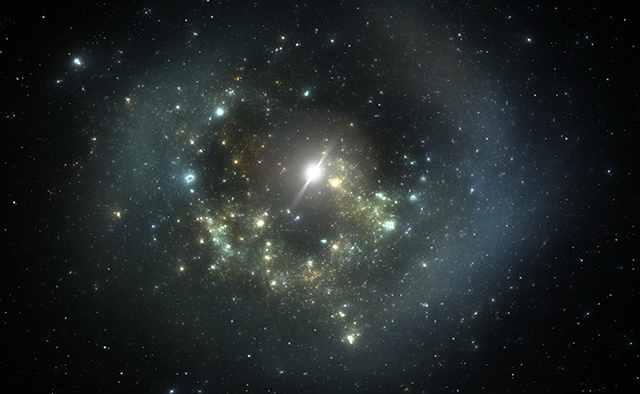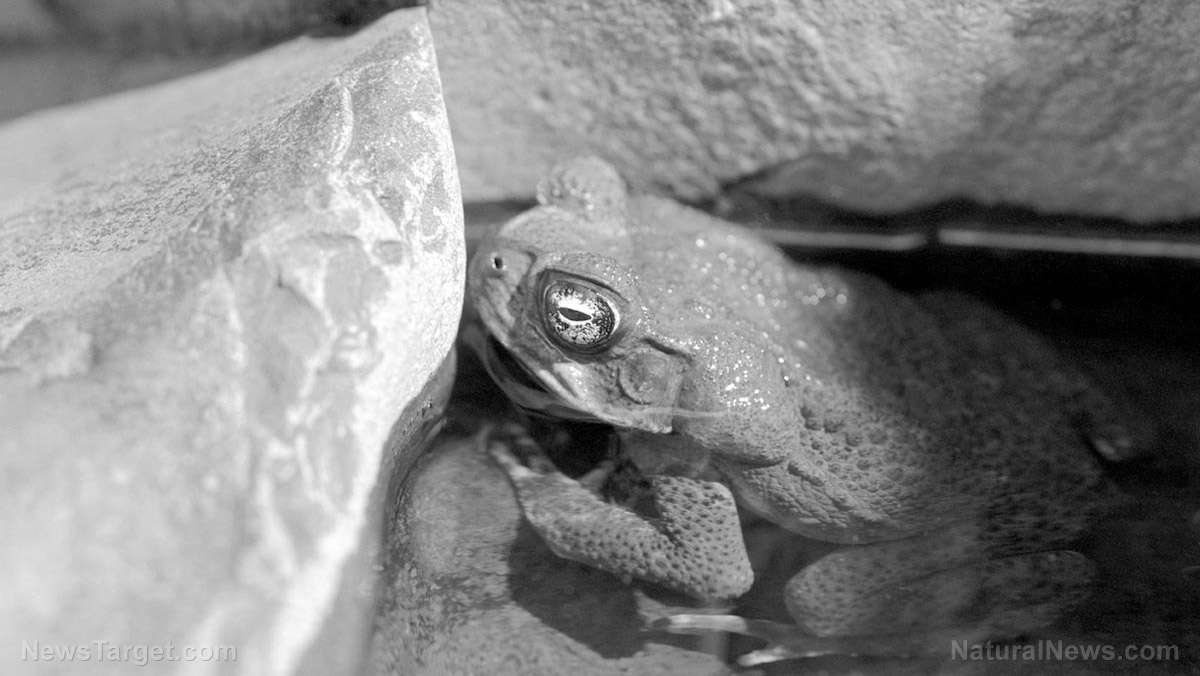
The Sun was likely paired with another star, suggests a study published in the Astrophysical Journal Letters.
This star has the same mass as the Sun and was born out of the same cloud of dust. It was separated from the Sun after being pulled by passing stars and could be anywhere in the Milky Way.
Researchers from Harvard University explained that a Sun-like star typically forms with a companion. This binary model further explains the formation of the mysterious Oort cloud that is located in the far reaches of the Solar System.
In addition, it can bolster the existence of Planet Nine – a planet that is about 10 times bigger than Earth and is thought to reside somewhere beyond Pluto.
The Sun's twin and the Oort cloud
Stars are often born in clusters within stellar nurseries – enormous clouds of gas and dust that are pushed into clumps that gradually collapse under their own weight, forming a collection of stars. The Sun started this way 4.57 billion years ago, scientists believe.
These newborn stars often come with one or more companions. They could eventually be separated or remain orbiting each other. It is estimated that about 85 percent of all stars are partnered to one or more stars.
According to the researchers, the Sun once belonged to a binary system. They argued that the theory adds up considering the origin of Sun-like stars is in a stellar nursery. More importantly, the existence of a companion star fills the gaps in the Oort cloud puzzle.
The Oort cloud is the most distant region in the solar system. It is believed to be a spherical shell that envelopes the Sun, the planets and the Kuiper belt – an expanse of icy debris located beyond Neptune.
Scientists agree that the Oort cloud was created out of the leftover debris from the formation of the Solar System and its neighbors. Gravity from the planets scattered these chunks toward great distances. Some of them were exchanged by stars while some eventually settled in the periphery of the solar system, where they are held together by the tug-of-war forces of the Sun and external galactic sources.
But according to co-author Amir Siraj, "Previous models have had difficulty producing the expected ratio between scattered disk objects and outer Oort cloud objects."
In other words, there are too many objects in the Oort cloud. And calculations show that it is improbable for the Sun to draw as many objects into its orbit. The best explanation for the dense Oort cloud is that another star once existed alongside the Sun. Their combined gravitational pull would be easier to "capture" a great number of objects.
"The binary capture model offers significant improvement and refinement, which is seemingly obvious in retrospect: most sun-like stars are born with binary companions," said Siraj. (Related: Astronomers discover and decode strange signals from a 3-body star system.)
Possible origin of Planet Nine
Besides the Oort cloud, the findings of the study also have implications for Planet Nine – a hypothetical planet said to be 20 times farther from the Sun than Neptune.
Scientists posited its existence to explain for the strange orbits of five objects in the Kuiper Belt. These five are traveling in an elongated orbit away from the rest of the Kuiper objects. According to astronomers, this is made possible by the gravitational pull of the massive Planet Nine.
However, Planet Nine is too large and too far away for the Solar System to collect enough material and form this planet. The binary model, on the other hand, contends that the twin forces of the stars were able to capture Planet Nine.
The researchers added that the model also presupposes the existence of unknown dwarf planets in the far corner of the Solar System. Like Planet Nine, they were captured by the gravitational pull of the two stars.
According to co-author Avi Loeb of the Center for Astrophysics, Harvard & Smithsonian, the Oort cloud, Planet Nine and the dwarf planets were already captured and in place before the pair were separated. He explained that the Sun's companion was lost to passing stars.
"Passing stars in the birth cluster would have removed the companion from the sun through their gravitational influence," said co-author Avi Loeb of the Center for Astrophysics, Harvard & Smithsonian. He added that the Sun's long-lost companion could now be anywhere in the Milky Way.
Loeb and Siraj's binary model will be tested by upcoming observations from the Vera C. Rubin Observatory in Chile. Next year, it will begin a 10-year survey of the night sky that could verify the existence of Planet Nine. (Related: Space-time ripples could help scientists uncover exoplanets from other galaxies.)
If discovered, Planet Nine and the dwarf planets possibly near it could strengthen the binary model. In that case, "The binary model will be favored over the lone stellar history that has been long-assumed," said Siraj.
Cosmic.news has more on the binary model theory of the Sun.
Sources include:
Please contact us for more information.





















